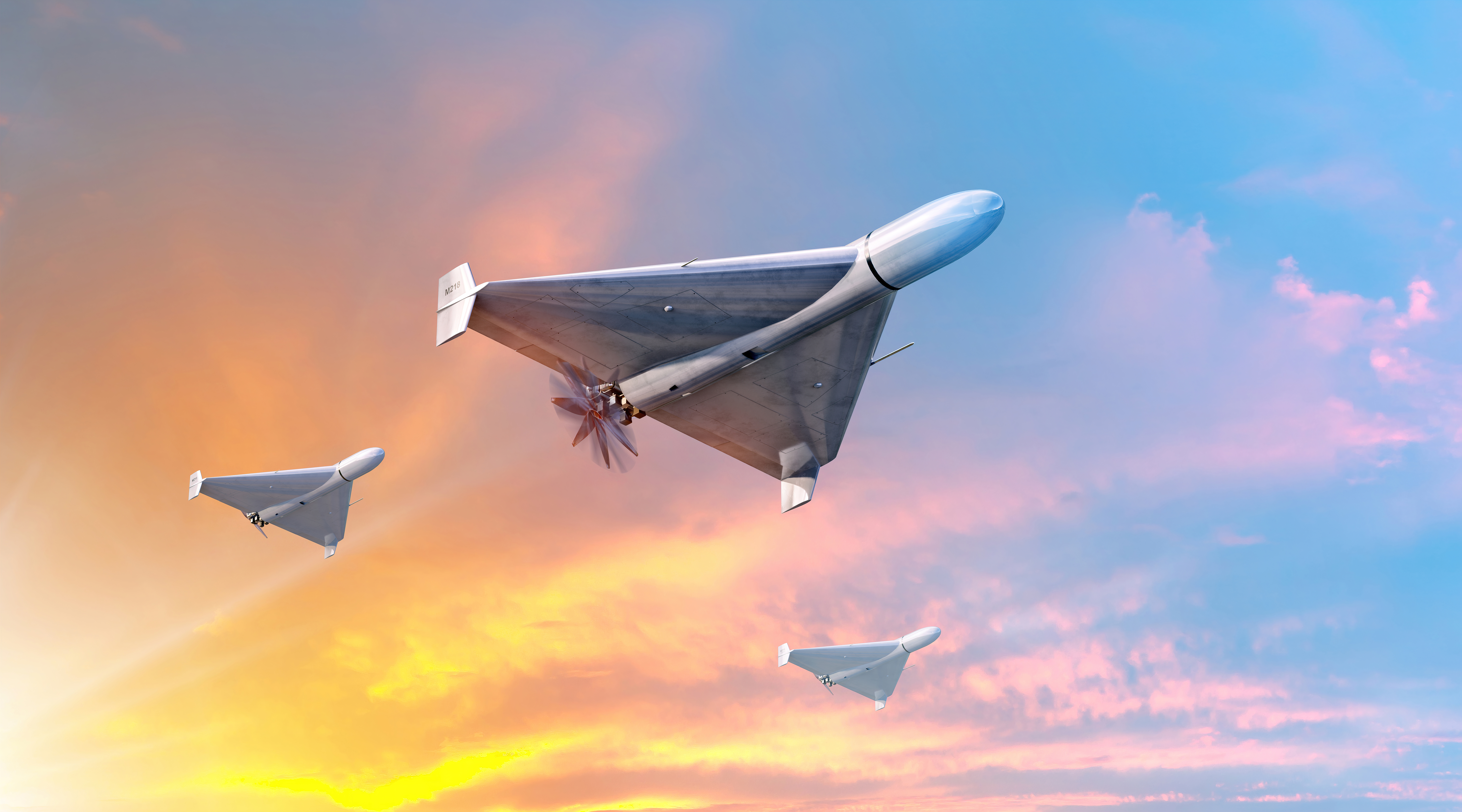
Pushing down the cost per intercept has taken the front seat in future planning for air defense officials. Knocking $20,000-dollar drones out of the sky with million-dollar missiles is not a cost-effective or viable answer. Drones are now the weapon of choice for terrorist groups like the Houthi rebels in Yemen as they look to create chaos and disruption from above.
That is where companies like Anduril, headquartered in Costa Mesa, CA, are stepping up. Andruril unveiled its reusable, vertical takeoff and landing, operator-supervised AAV called Roadrunner on December 1st, 2023.
U.S. Troops and ship U.S. troops have been attacked a staggering 73 times in recent weeks due to a surge in low-cost, mass-produced drones that have given adversaries the upper hand. Unfortunately, air defenders now face a daily dilemma of whether to use expensive and limited stocks of missiles against cheap drones our adversaries can afford to lose.
As a recent CSIS report notes, “the entire joint force must now look up” for small and mid-sized drones in particular, which operate between the seams of overlapping air defenses. And to a stunning degree, they have completely bent the cost curve away from defenders — with high-priced missiles often the only option for defending against these attritable drones. Meanwhile, the coming age of complex coordinated drone and missile attacks suggest that today’s challenges will only become more pronounced in the years ahead.
As we prepare for future threats to be more numerous and faster-moving than defenders can manage, we must envision more effective and affordable options than our current approach of using multi-million-dollar missile shots against thousand-dollar drones. We may never achieve exact cost parity with threats, but the solution fundamentally lies in driving down the cost per interception. Piecemeal upgrades of conventional effectors for marginal improvements won’t do it. We must build effectors that are similar in design to the drones they have to defeat: smarter with software, more affordable, and increasingly reusable. […]
We must be relentless about pushing the cost curve down for air defenders while simultaneously improving their ability to defeat different types and large numbers of drones and cruise missiles attacking at once. Yet we must also acknowledge that even these next-generation systems will be threatened by countermeasures that adversaries will inevitably develop. Preparing for this future requires embracing open and modular standards that allow for timely updates, building for integration of novel effectors and sensors with existing legacy systems, and constantly adapting our solutions to always keep American and allied warfighters several steps ahead.
Read more here.
What Ukraine is Teaching Militaries About Air Defense
Alistair MacDonald of The Wall Street Journal reports that a proliferation of small, cheap drones is changing the way militaries think about air defense. He writes:
On any single day, up to 20 Russian drones can fly over Yevhen Shovkovplyas’s front-line position in Ukraine, and his aging battery of Soviet-era antiaircraft guns has to stop them.
As drones take an increasingly prominent role in modern warfare, the need to bring them down is growing in importance.
Air defense was once the domain of specialist units with expensive equipment to destroy aircraft and missiles. Now, the proliferation of small, cheap drones is spreading the role throughout militaries, prompting governments and arms makers to work to boost their capabilities. […]
Israel also requires more equipment, according to a defense consultant who has advised the country. During the recent conflict, Hamas has attacked Israeli positions with explosive-laden drones.
A pioneer of counterdrone technology, Israel’s arsenal includes Rafael Advanced Defence Systems’ so-called Iron Beam weapon, which uses a laser to disable drones from hundreds of feet to several miles up in the air.
Back at the Ukrainian front, counterdrone operators have to be nimble and move on as soon as they have shot down a Russian drone.
“When you have destroyed your enemy’s bird then the artillery shelling follows,” said Shovkovplyas.
Read more here.



